Topic: Ideas & Ideologies
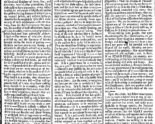

Media › document
The Anti-Federalist Papers
This article, published in a Massachusetts newspaper, makes the case against ratifying the proposed Constitution. The anonymous author writes under the name of “John DeWitt,” a 17th-century Dutch patriot. Although...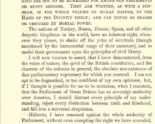

Media › document
The Farmer Refuted
In this pro-American pamphlet, a young Alexander Hamilton, writing on the eve of the American Revolution, critiques the argument of a pro-British author. He maintains that colonists owe their primary...

Media › document
The Federalist Papers No. 10
In Federalist 10, James Madison wrote that the rights and interests of the public were best preserved in a large union of states. He used this idea, which went against...

Media › document
The Federalist Papers No. 22
This document is one of the FEDERALIST essays, a series of 85 articles first published in New York newspapers to provide a sustained case in favor of ratifying the U.S....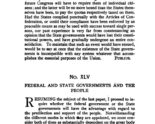

Media › document
The Federalist Papers No. 45
In this essay, James Madison argues that the expanded powers of the central government under the proposed U.S. Constitution would not endanger the state governments. Writing under the name of...

Media › document
The Federalist Papers No. 9
In this essay, Alexander Hamilton argues that a strong central government with powers such as the ability to raise troops was essential to the survival of the union. Writing under...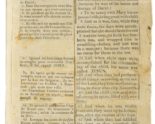

Media › document
The Life and Morals of Jesus of Nazareth
Jefferson selected verses from the New Testament to create this book, which is often called the “Jefferson Bible.” His goal was to separate the words of Jesus and his moral...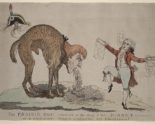

Media › image
The prairie dog sickened at the sting of the hornet or a diplomatic puppet exhibiting his deceptions
James Akin’s earliest-known signed cartoon, “The Prairie Dog” is an anti-Jefferson satire, relating to Jefferson’s covert negotiations for the purchase of West Florida from Spain in 1804. Jefferson, as a...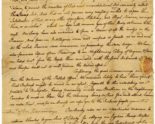

Media › document
The Sons of Liberty
After Parliament passed the Stamp Act in 1765, inhabitants of Baltimore and other major cities in the colonies banded together to protest the act. Men from all social classes participated...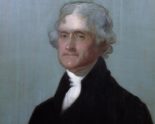

Media › image

